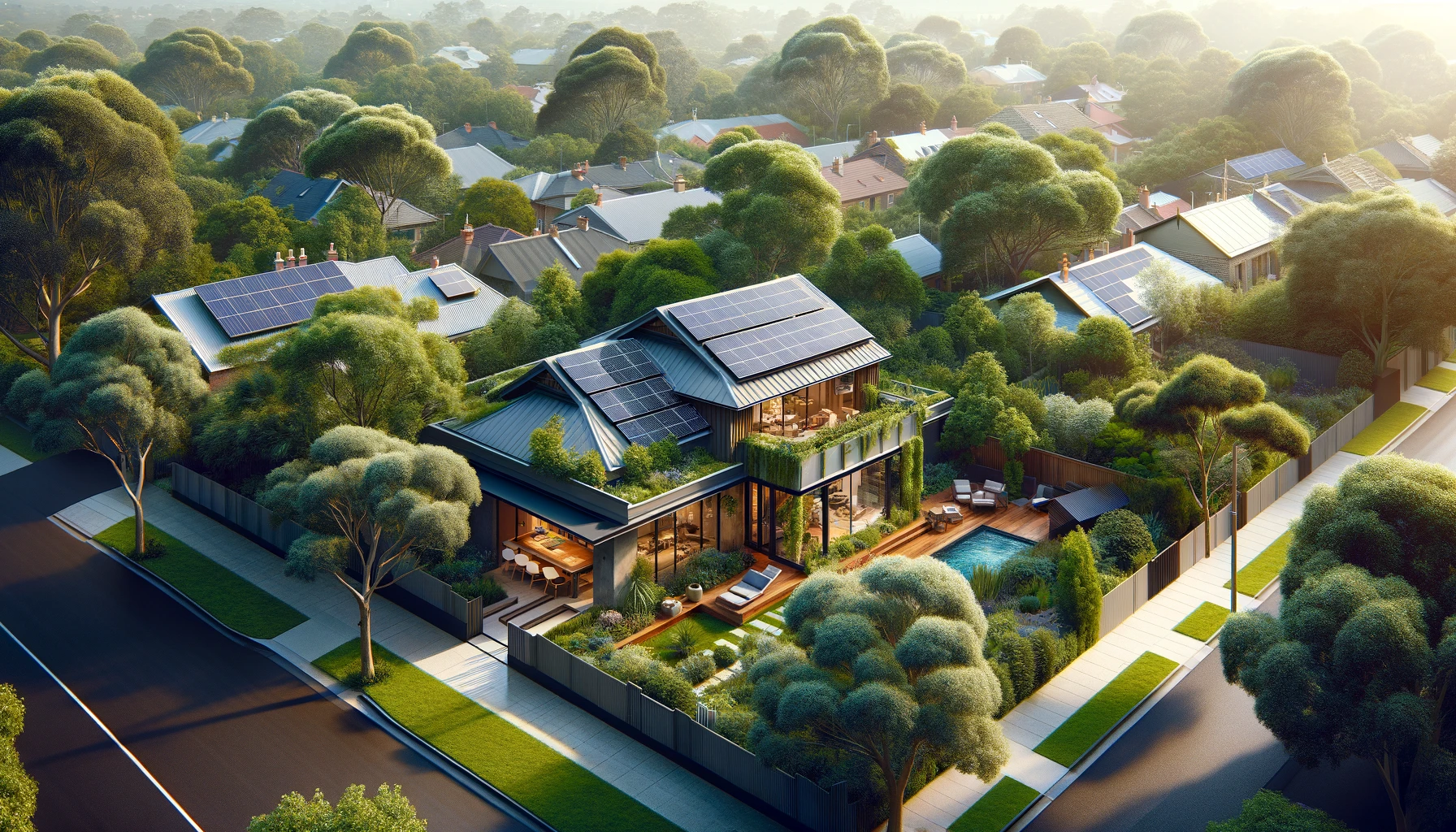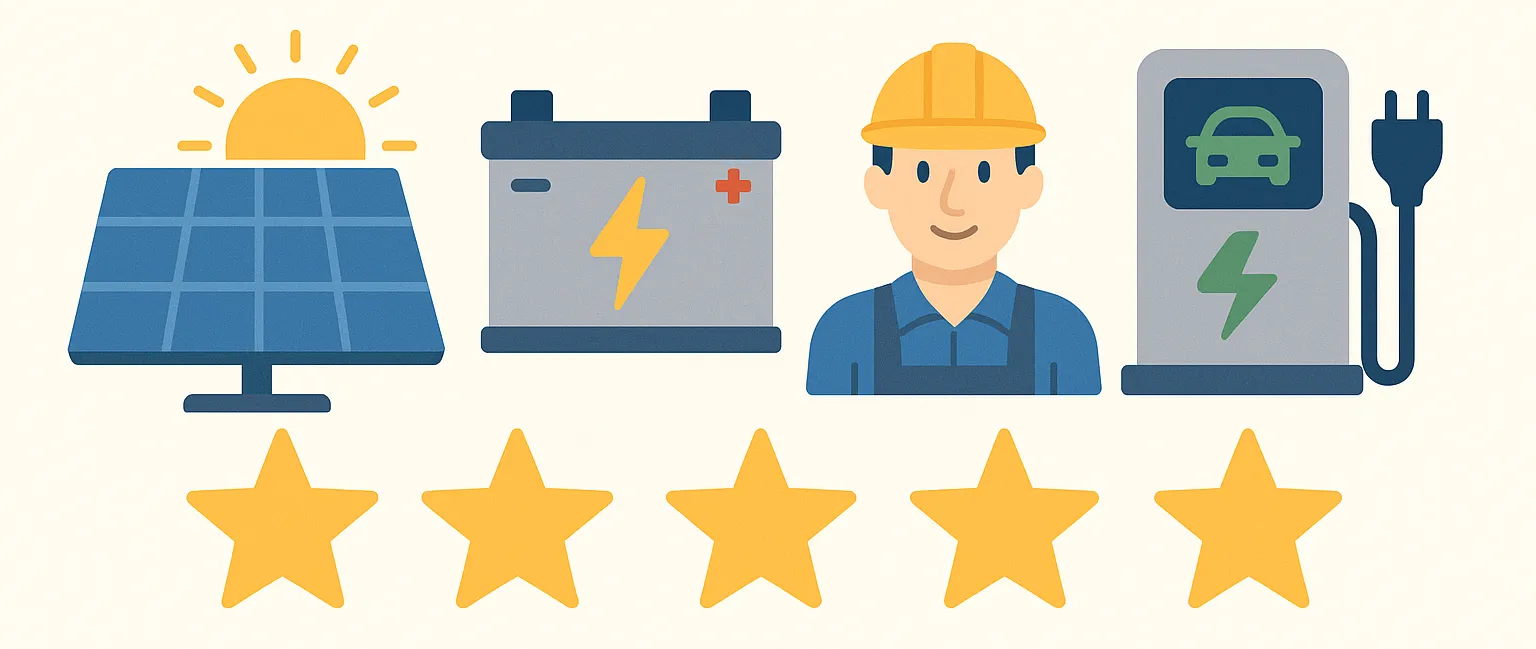Did increased interest in having a home battery installed concurrently with solar panels continue in July? Find out in the latest SolarQuotes auSSII report.
Solar System Size
SolarQuotes presents various options for system sizing on our quote form – including capacity ranges of 3-5 kW, 5-10 kW, 10-15 kW, 15-20 kW, 20+ kW and “Fill Roof” (as well as “unsure”). In this scenario during July – where a capacity was selected – 78% chose the 5 – 10kW range, similar to June. Also similar to June was the proportion choosing the “Fill Roof” option in July; at 12%.
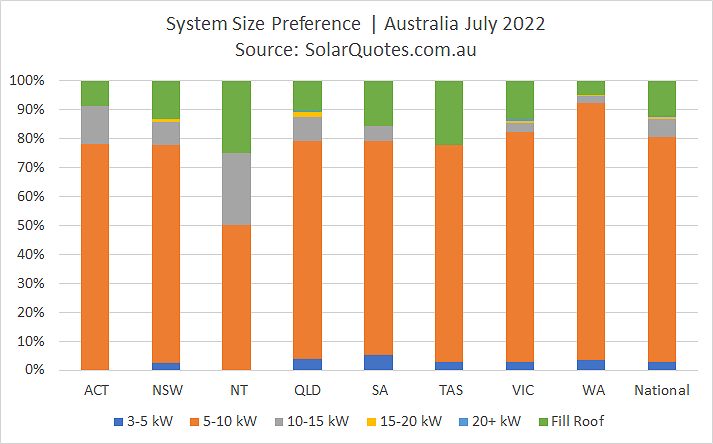
Not sure how many solar panels you should install on your home? Read SolarQuotes Founder Finn’s advice on how much solar power you need.
Purchasing Decision Timeframe
Eagerness to buy a system immediately dropped back significantly from June’s 26% to 22% in July – more in line with May. Approximately 30% were considering a purchase with 4 weeks and the remainder within 3 months.
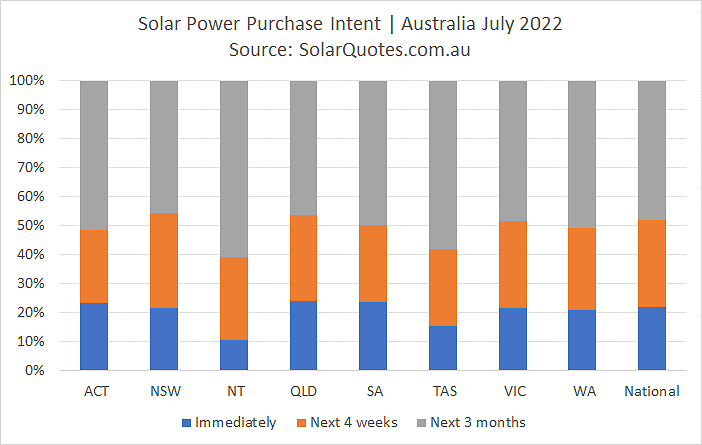
Quality And Price Considerations
A little more than 11% of prospective solar buyers wanted a high-end PV package in July, 81% a system offering a good balance of price and quality, and close to 8% a good budget system.
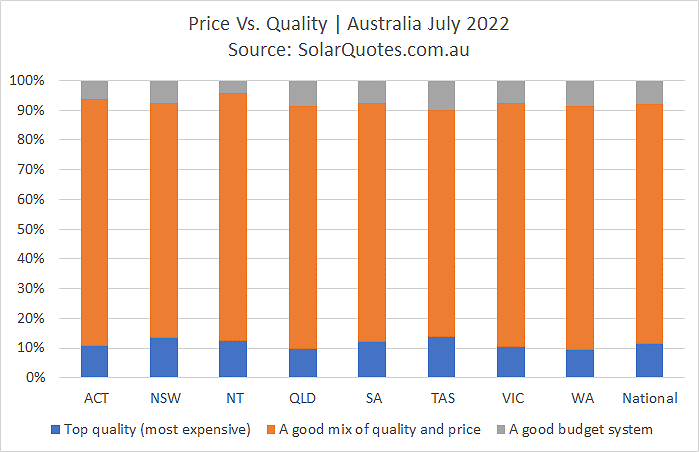
So, what’s a top-end package consist of? And how do you tell the difference between a good budget solar power system and one that’s just cheap and nasty? Find out in SQ’s Solar 101 buyer’s guide.
Australian Solar Price Index
While on the topic of cost, check out the SolarQuotes Australian Solar Price Index to see how much Australians have been paying for systems over the last couple of years. The tool updates in real time as we receive new installer reviews with pricing information. We’ll be publishing a report on system pricing during July here on the blog late this month when we have more data to work with.
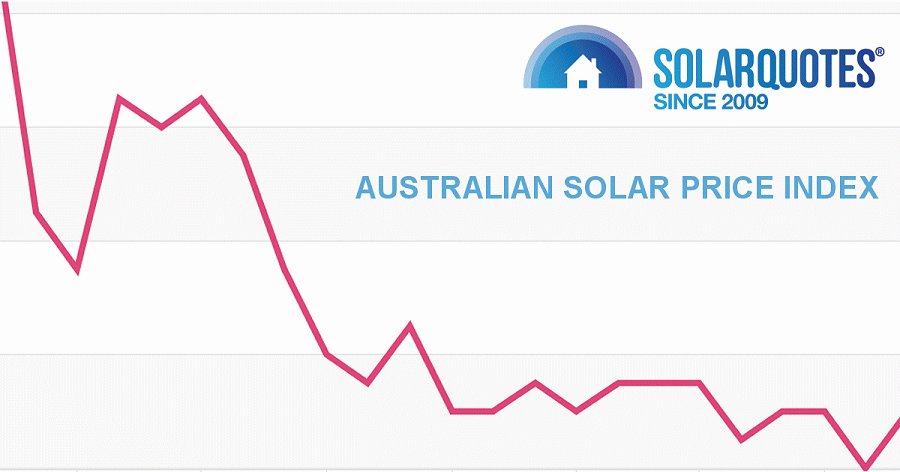
Microinverter And Optimiser Options
MLPE (Module Level Power Electronics) – also referred to as Panel Level Optimisation (PLO) devices – can provide benefits including panel level monitoring, advanced safety functionality and increased system design flexibility. The two most common types of MLPE are microinverters and optimisers.
Around 17% of quote submissions during July indicated an interest in PLO options, down a little on June’s 18%.
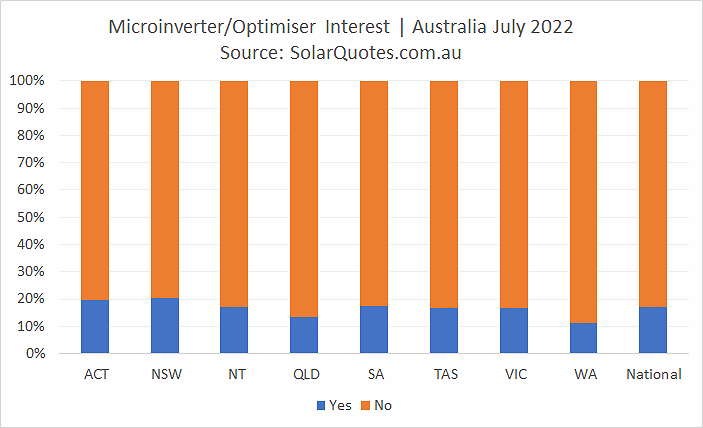
Advanced System Monitoring Interest
Solar inverters provide information on how much electricity a solar power system is generating. But it’s also very useful to know how much electricity being consumed in the home is being supplied by the solar panels and from mains, and when. That’s where advanced consumption monitoring comes into play; an optional extra well worth having.
Advanced monitoring can also provide alerts, flagging when something is amiss with your system. This heads-up can avoid bigger problems down the track.
34% of quote requests included this option in July, down on 36% in June and up on May’s 35%.
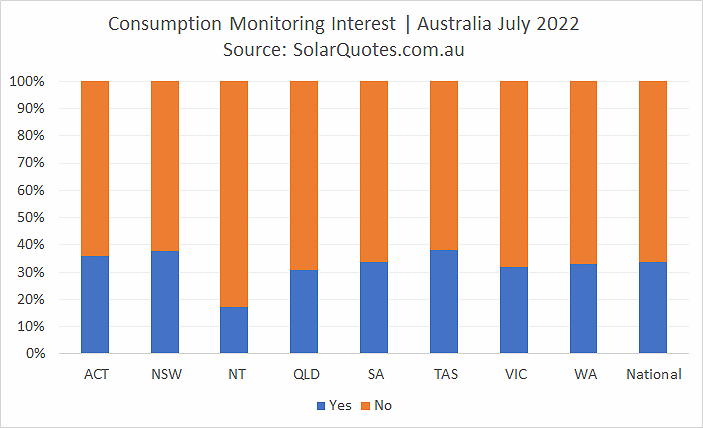
Battery- Ready Solar Systems
With very few exceptions, all solar power systems are battery-ready through the use of either AC or DC coupling. But it’s still good for potential installers to know what a solar buyer’s future intentions are as this can affect system design. Over the past couple of years there has been very little change in this box being ticked – and July was no different at around 5.5%.
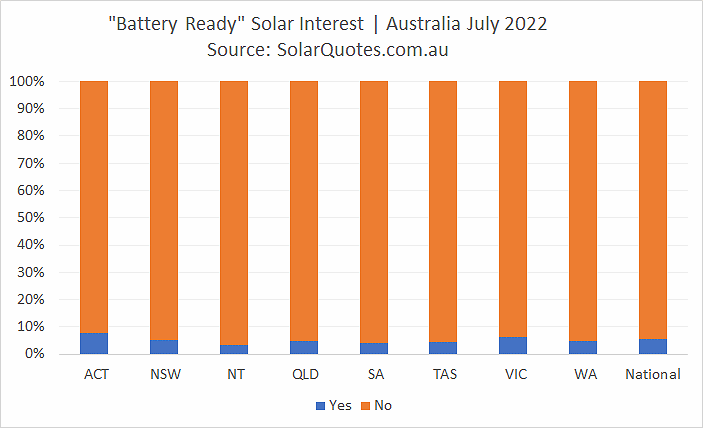
Solar + Battery Installation
Again in July, just under 22% of quote requests indicated an interest in having solar panels and a home battery installed at the same time. The proportion has been elevated since May, probably as a result of electricity price rises.
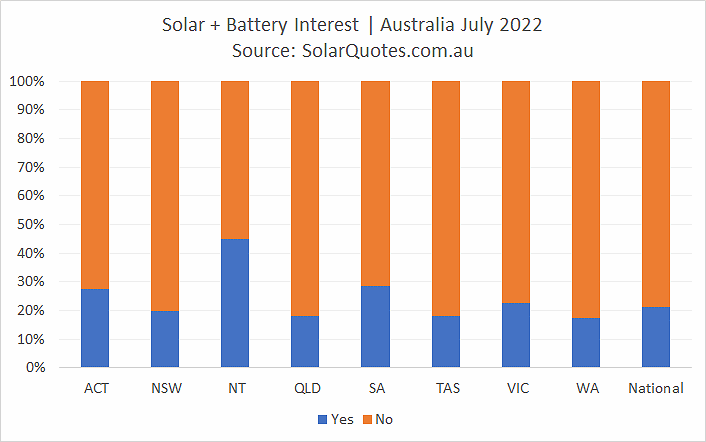
Unlike solar, installing a home battery isn’t the slam-dunk investment some may (understandably) believe. To save money, you have to spend it as they say. In the case of solar batteries you’ll be spending a lot of it and the overall payback period will be a significantly increased. Read Finn’s “101” battery guides to understanding, buying and owning a solar battery to get up to speed on the pros and cons of home energy storage in 2022.
Primary Battery Application
For those keen on having a battery added as part of their solar installation; here’s how they envision its main application.
- Backup: 5% (same as in June)
- Minimising mains electricity use: 37% (33% in June)
- Both purposes: 58% (62% in June)
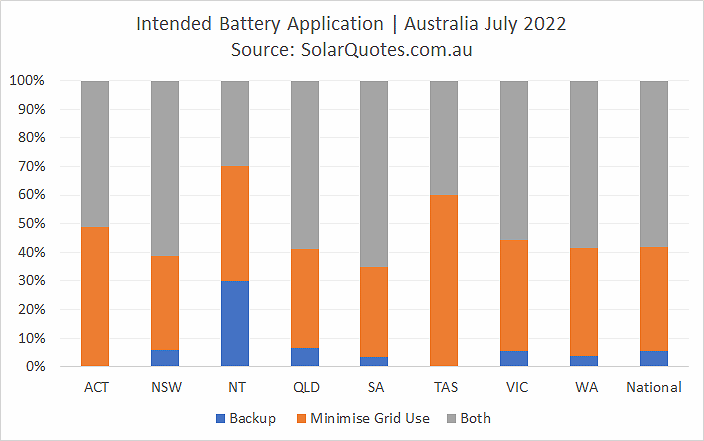
Electricity Bills Before Solar
Where electricity bill amounts were known, 47% of Australians reported paying in the range of an average $500 to $1,000 a quarter in July – up on June’s 45%. The proportion paying more than $1,000 a quarter rose to just over 11.4%
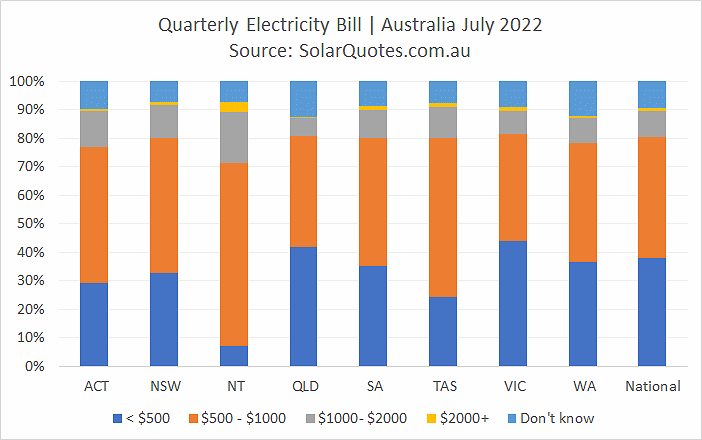
While the real impact of recent electricity price rises on power bills is still yet to be felt, the last couple of months have been rather chilly and winter heating may be the main culprit in recently reported increases.
About The August 2022 auSSII Report
SolarQuotes facilitates the issuing of up to 3 quotes each to the thousands of Australians who use our service each month; provided by installers Finn has personally pre-vetted and trusts. The auSSII report draws from information solar buyers provides when requesting quotes.
Sales Leads A Cut Above The Rest
Find out why so many great installers use SolarQuotes for sales leads and what it takes for your business to start receiving quote requests from eager Australian solar buyers.
